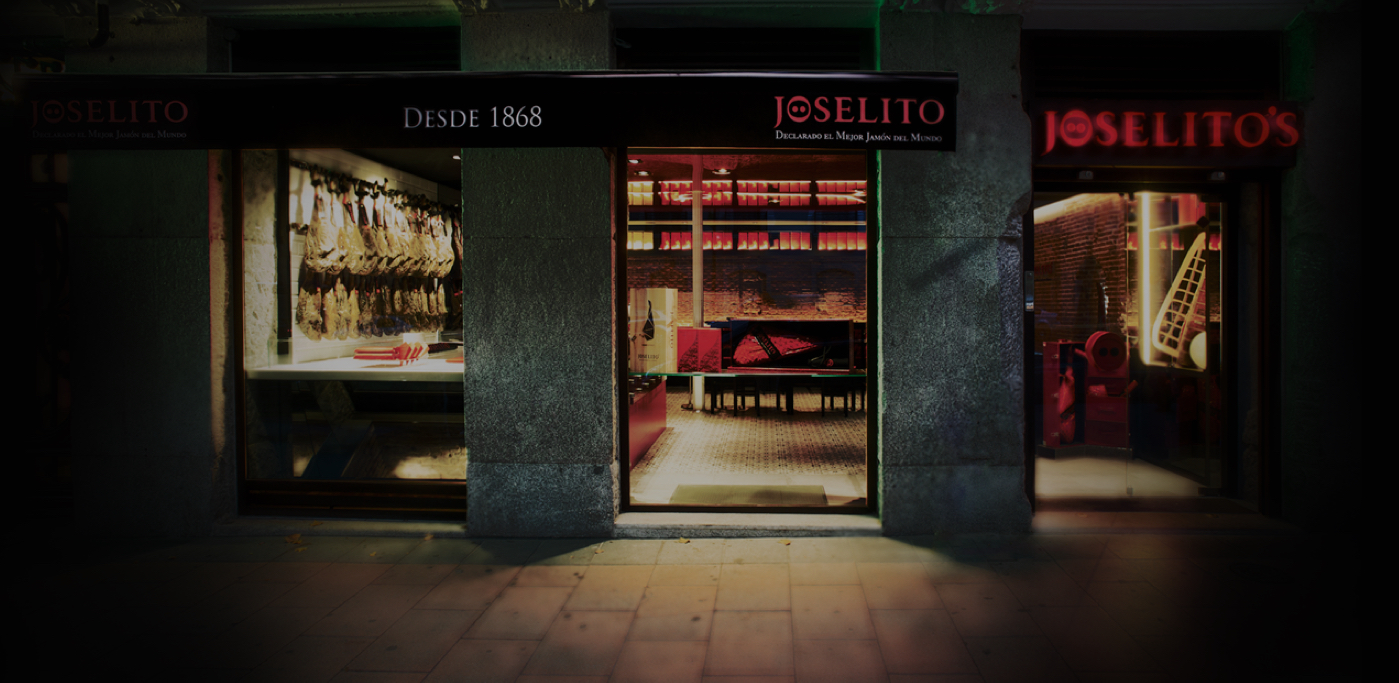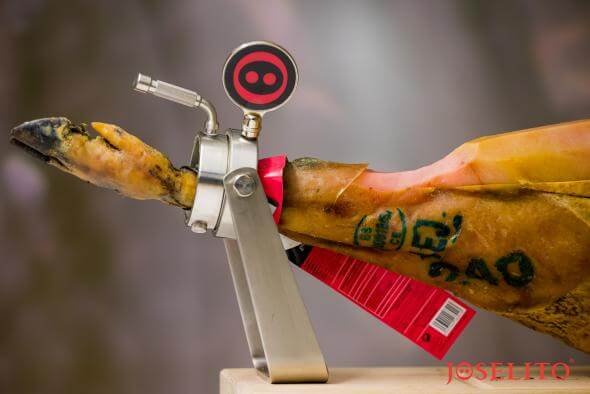

Once bleeding has been completed and after cutting, where initial profiling has already been completed, hams go through a process called trimming and polishing. The purpose of this process is to give each of the pieces the external profile that characterizes them.
This phase is done without removing loose portions or flaps and the profile isn't defined very thoroughly. The true finish of the profile basically consists in removing part of the external fat so as to achieve greater watertightness. This way, the weakest parts of the cut can be covered.
Iberian hams include the feet, not only as proof of the pig's black hoof and its characteristic hair but also for the cutting of the skin to leave a drawing in the shape of an upside-down “V”. The tip of the “V” usually coincides with the central axis of the central geometric line of the leg and the one in charge of drawing it is the official ham-maker.
At the end, profiling does not only aim for a specific external shape but also for scraping the ham with a knife and with the fingers, so there are no gaps, cracks or holes that would allow the entry of dust or any contaminating insects or substance.
After this process comes marking, which is key at the time of identifying each of the pieces. The purpose of marking is to begin the Traceability process which will be completed when, at the end of curing, the required labels are placed in the packaging and a smart tag is included to allow for a computerized study of the characteristics of different hams.
Since 1975, there has been a Ministerial Order (OM) from the Ministry of Agriculture that establishes the obligation of marking using a stamp affixed at the moment curing of the ham begins. This order was modified in 1982 and the use of ink marking became widespread in addition to fire marking, which becomes somewhat blurry due to the effects of salt. This control stamp is printed on the skin and serves to identify curing as the liability of the manufacturer is printed in the barcode.
When this phase finishes and after salting, each Joselito ham leg is tied with a black string measuring 80 cm, which serves to hang the pieces, tying them to the leg using a marine knot.
